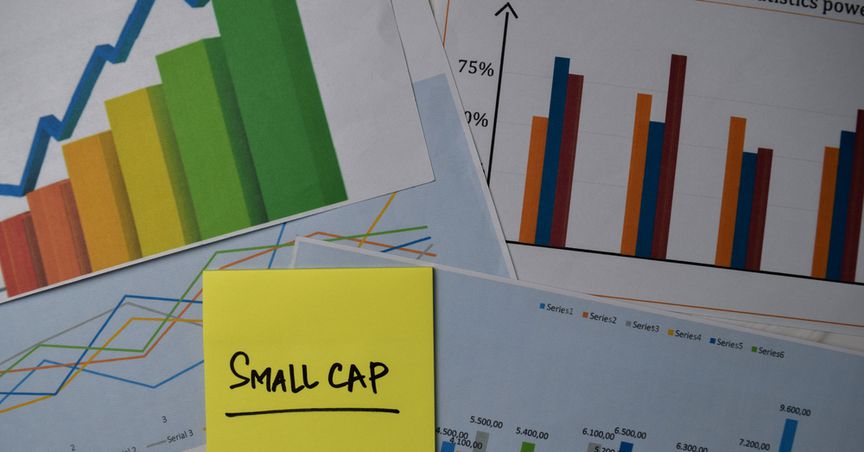Summary
- Small-cap stocks generally belong to the companies that are relatively small in size and value based on market capitalisation.
- The share prices of small-cap companies are generally more volatile than that of mid-caps and large-caps.
- A small-cap company having a moat is probably the most important thing investors should look for.
Every company listed on the stock market has a different scale of operation. Some companies are huge and established, having been in the industry for a long time, while some business, especially newly started ones, are generally quite small.

Image Source: Copyright © 2021 Kalkine Media
In the financial world, the size of a company is denoted by its market capitalisation, which is calculated by multiplying the number of outstanding shares by the current market price of its shares. Higher the market cap, higher would be the size of the company and vice versa.
Although, there is not much of a hard and fast rule which objectively or quantitatively categorises businesses based on market capitalisation. However, a common practice of taking some US$2-US$3 billion as a benchmark to separate a small-cap company from its bigger peers is usually followed. Also, a relatively new term has been coined, micro-cap, denoting those companies which are worth just a few million dollars. They can also be called as the lowest of the lot of small-caps.
Read More: A look at five diversified ASX-listed penny stocks for July
Characteristics of a small-cap company
Small-cap companies come with few features that require a different skillset to invest in them, as compared to large-cap investing. A few of these characteristics are:
- Difficult to forecast
The financial statements of these companies are generally not up to the mark as other well-established companies. Due to their smaller size and often, limited history as well, it’s difficult to estimate their future earnings and sustainability. Therefore, most of the times investors needs to rely on heir vast experience and knowledge to separate the wheat from the chaff.
- Volatility in the share price
The share prices of small-cap companies are generally more volatile compared with that of mid-caps and large-caps. Therefore, these stocks are a preferred choice of short-term speculators and high-risk investors. However, if the company does well, its share price also racks up gains quickly unlike other large-cap stocks.
- Thin volumes
As big institutional funds and other astute investors generally steer clear of these highly speculative stocks, their volumes are quite low. This is also one of the reasons behind a heightened volatility in their share prices.
Read More: Top 10 stocks that have crossed 100% growth this year
How to choose a good small-cap stock
As mentioned earlier, small-cap investing is different than investing in big companies. Their balance sheet is not robust enough, sometimes cashflows are also negative. But there are a few parameters one can look upon, to try to pick potential winners. Lets’ have a look at a few of these parameters.
- Capable and ethical management
The management is to a company as an engine is to a car. A competent and experienced management can drive the company swiftly, overcoming obstacles challenges put forward by competitors, regulators, etc.

Image Source: Copyright © 2021 Kalkine Media
Also, these key people need to be ethical and have integrity which is very crucial for the long-term substantiality of the company.
- Careful selection of the industry
A small-cap company generally does not have enough financial stability to successfully sail through the industry’s downturns or challenges. At a time when the entire industry is facing a stiff resistance, it is better to avoid it altogether, unless you are a contrarian investor. A flourishing industry with a lot of prospects gives a better chance to the companies in that industry to grow, including small-caps.
- Less volatile share price
It is not easy to hold a volatile stock in the portfolio, as profits and losses change quite rapidly, in sync with price fluctuations. It also takes a toll on the psychological aspect of an investor, leading to mistakes like premature selling or emotions like greed and fear taking over. To select a less volatile stock, an investor could use quantities measures such as Beta, standard deviation, etc. to gauge how volatile or stable a stock is.
- Look for a moat
A moat is a competitive advantage a business has, which gives it an edge over others in the industry. This competitive advantage could be a high brand value, high switching cost, etc. These long-term sustainable advantages could help a small player climb up the ladder, beating the odds stacked against it.
Read More: Three ASX shares with long-term growth potential



